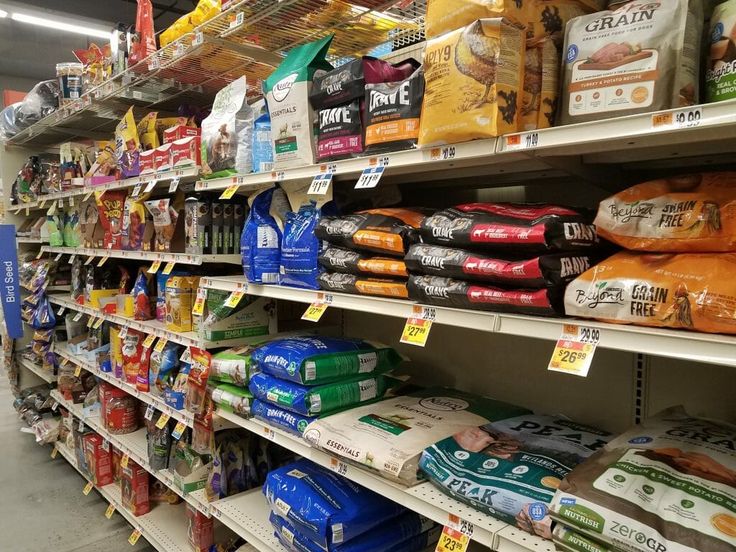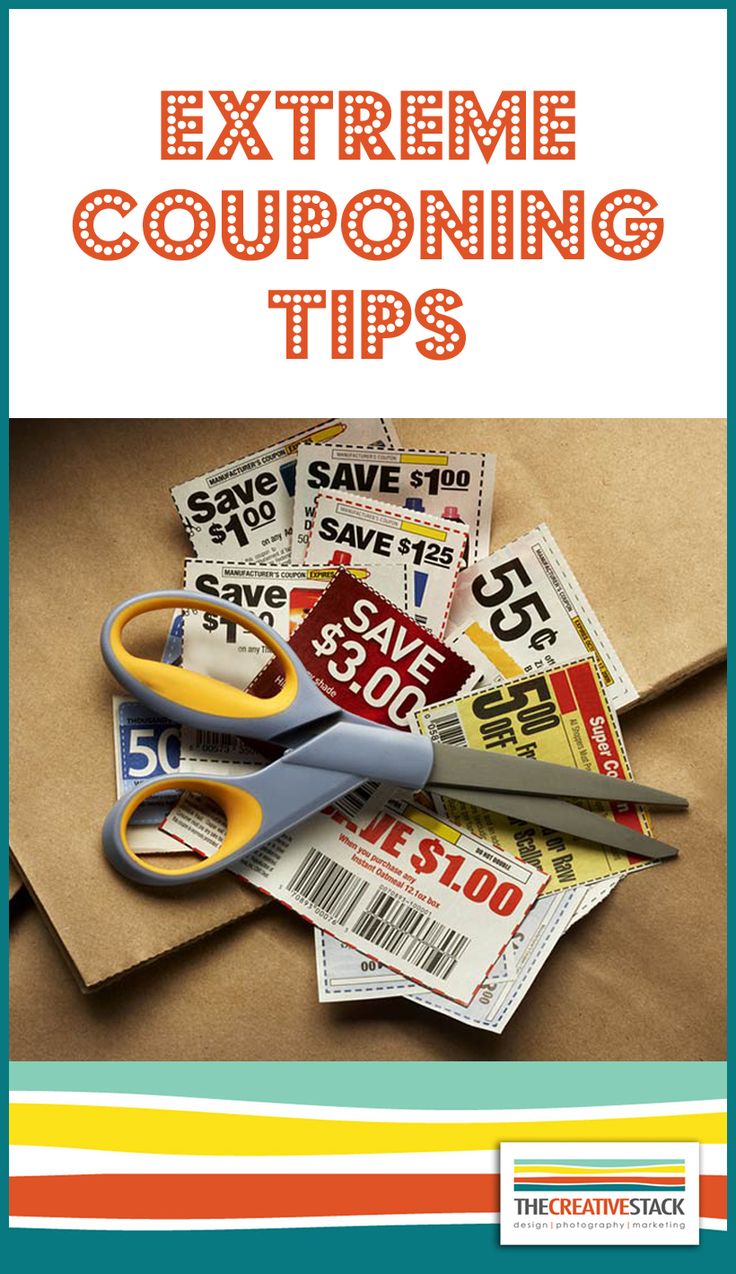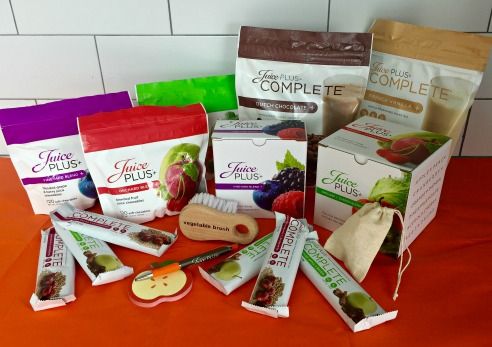5 Tips to Save on Pet Food for Large Dogs

Has this ever happened to you? You're standing in the pet food aisle, staring at hefty price tags, wondering how feeding your large dog became such an expensive task. It's a common frustration among dog owners—especially those with bigger, hungrier pups.
You're not alone. The good news is that you can feed your large dog nutritious meals without draining your wallet. Let's dive into five easy-to-follow tips on how you can significantly reduce your pet food costs without compromising the health of your beloved canine.
1. Understanding Your Large Dog’s Nutritional Needs
Every dog breed or size has specific dietary requirements. Large dogs, such as Labrador Retrievers, German Shepherds, or Great Danes, generally burn more calories but mature more slowly, requiring balanced nutrition for healthy bone growth and overall wellness.

By choosing foods specifically formulated for large breeds, you ensure they receive the right balance of protein, healthy fats, vitamins, and crucial minerals like calcium and phosphorus. Proper nutrition prevents future health complications like hip dysplasia and arthritis, saving you hefty veterinarian bills down the road.
How to choose the right food:
- Look for labels explicitly stating "formulated for large breeds."
- Check that protein and calcium levels are appropriate for your dog's age and weight class.
- Consult your vet for recommendations tailored to your dog's specific breed and activity level.
2. Buying in Bulk for Cost-Effective Solutions
If you're not already buying your dog's food in bulk, you're missing out on significant savings. Purchasing larger bags typically lowers the cost per pound, meaning substantial savings over time—especially crucial when feeding big appetites!
Here's how Emily, a proud owner of Duke, a 100-pound Labrador mix, tackled high food costs: "Initially, I bought small bags weekly. Once I switched to buying in bulk, my monthly food expenses dropped by almost 20%."
Tips for bulk-buying:
- Invest in airtight storage bins to preserve freshness and prevent pests.
- Opt for online pet food delivery services offering discounts for recurring purchases, such as Chewy or Amazon Subscribe & Save.
- Keep track of your dog's consumption, making it easy to stay organized and reorder conveniently.
3. Utilizing Coupons and Discounts from Pet Stores
Don't underestimate the power of coupons and loyalty programs! This strategy doesn't require sacrificing quality or nutrition—instead, it seeks smarter ways to pay.
For instance, Petco and PetSmart frequently run sales, offer rewards programs, and provide exclusive online codes. Jennifer, a mom of two Great Danes, saved over $30 in one month using combined store discounts. "By carefully timing purchases and stacking coupons, I've managed significant savings without switching brands," she shares.
How to maximize savings:
- Subscribe to your pet store's newsletter to receive exclusive deals.
- Use cashback apps like Rakuten and Honey to double your savings.
- Combine manufacturer coupons with store promotions whenever allowed.
4. DIY Dog Food Recipes to Cut Costs
If you prefer full control over your pet's nutrition, homemade dog food can be both affordable and healthy. Cooking meals from scratch allows you to save by buying ingredients in bulk and taking advantage of sales. Plus, your dog will love the fresh taste!

However, balancing nutrients correctly is vital. Always consult your vet or a canine nutritionist before making substantial dietary changes.
Simple DIY Dog Food Recipe for Large Dogs:
Ingredients:
- 2 lbs. lean ground turkey or beef (protein source)
- 2 cups cooked brown rice or quinoa (carbs)
- 1 cup steamed carrots, peas, and green beans (veggies)
- 1 tsp. fish oil or flaxseed oil (healthy fats)
Preparation:
- Cook meat thoroughly and drain excess fat.
- Combine cooked meat, grains, and steamed veggies. Allow it to cool before serving.
- Store leftovers in airtight containers in the fridge for up to five days or freeze for longer storage.
This wholesome recipe helps reduce feeding costs because you control ingredients and buy economically at the grocery store.
5. Finding Affordable, High-Quality Brands for Large Dogs
Believe it or not, premium dog food doesn't always have premium pricing. There are plenty of affordable yet high-quality brands specifically formulated for large-breed dogs.
Budget-friendly dog food brands worth trying:
- Diamond Naturals Large Breed Formula: Well-rounded nutrition packed with real protein sources like chicken or lamb, designed specifically to support joint health in bigger breeds. Suitable for owners who want dependable quality at reasonable prices.
- Purina ONE SmartBlend Large Breed Adult: High-protein recipe with added glucosamine for joint support. Ideal for large dog breeds prone to arthritis.
- American Journey Large Breed Salmon & Sweet Potato: Grain-free with healthy fats from salmon, supports sensitive digestion. Great for large dogs experiencing allergies or sensitivities.
When transitioning to a new food, gradually combine it with your dog's current diet over a week to prevent digestive upset.
Frequently Asked Questions
How often should I feed my large dog to reduce food costs?
Splitting daily food into two or three smaller meals rather than one large meal can help prevent overeating and regulate appetite while reducing food wastage. Consult your vet to determine precise portions and frequency that's optimal for your dog's size and breed.
Can feeding affordable dog food affect my dog's health negatively?
Not necessarily. High-quality food doesn't always correlate directly to high cost. Many affordable brands offer excellent nutritional profiles. Always read ingredient labels and consult your veterinarian about the best brands in your budget.
Final Thoughts: Small Changes, Big Savings
Feeding your large dog doesn't mean compromising quality for affordability. Understanding your dog's dietary needs, buying in bulk, embracing coupons, exploring homemade meals, and trying budget-friendly brands are simple yet effective ways to reduce pet food expenses.
Do you have a money-saving tip that has worked well for you and your large pup? We'd love to hear from you! Share your experience in the comments below and help other dog owners find smart solutions that work.
Start making these small changes today—your furry friend will thank you (and so will your wallet)!
Maybe You're Interested In Shopping At These Stores
About the Author
This article was written by our editorial team to help online shoppers make better decisions. We regularly publish in-depth product guides, expert insights, and online deal breakdowns to help you shop smarter every day.


